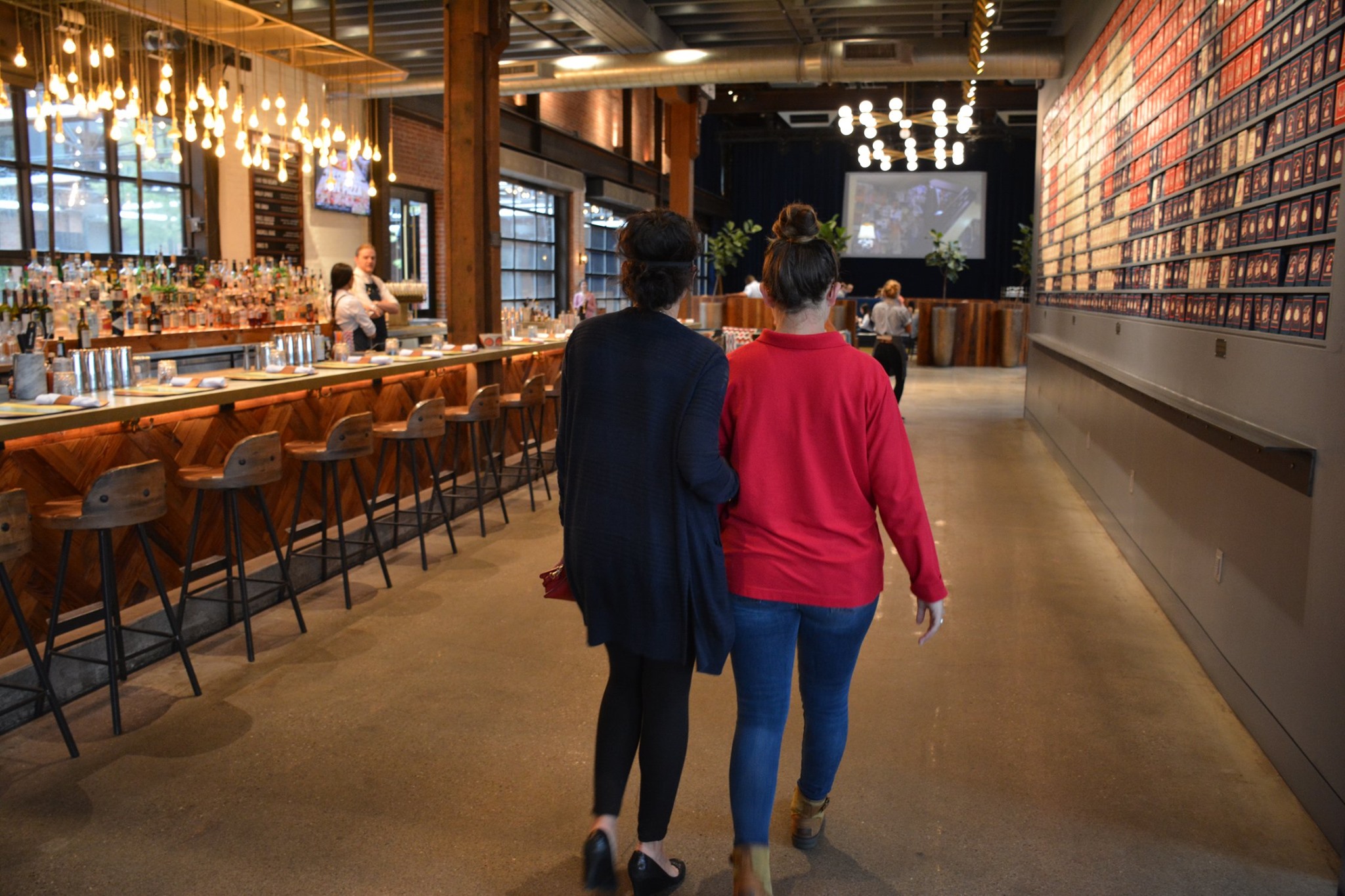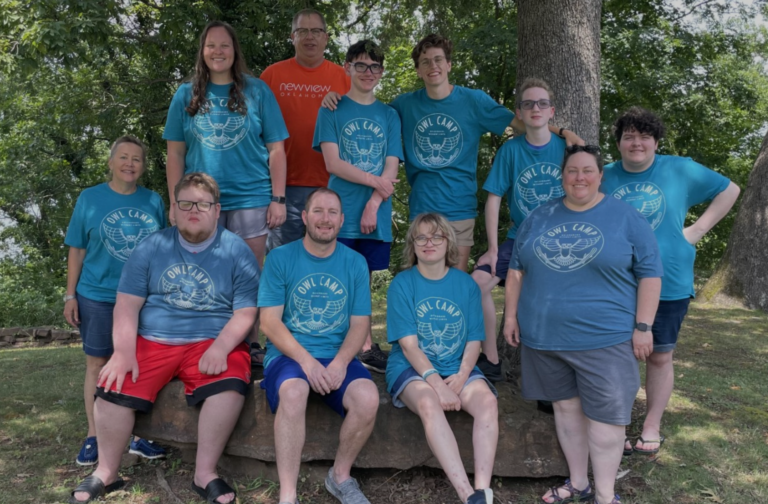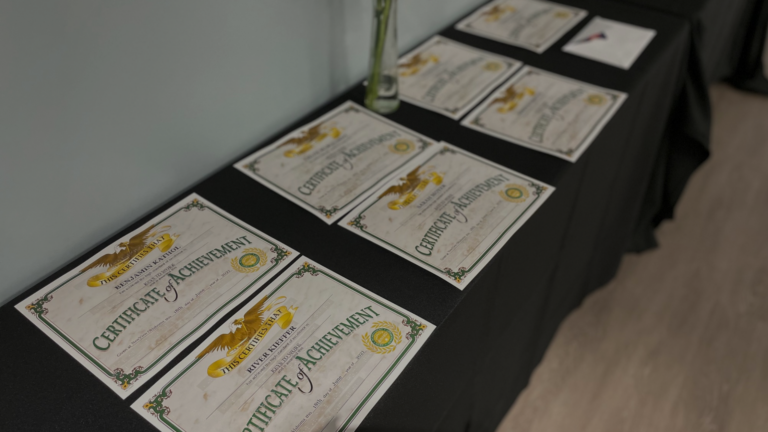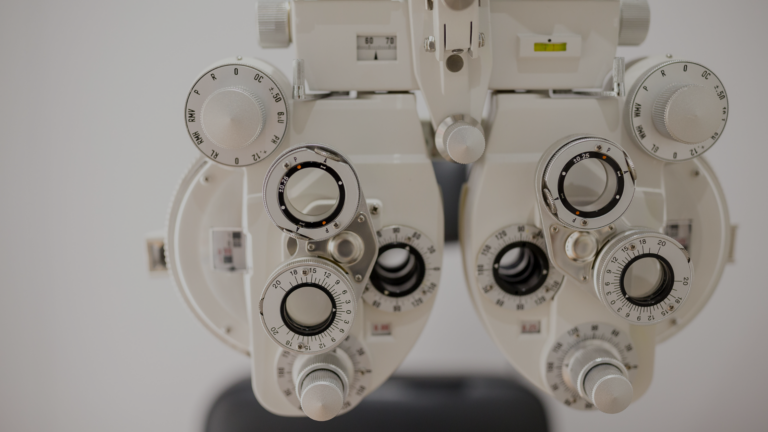Seven tips for being a sighted guide
When you’re out and about and see a person with a white cane who seems stuck or lost, the common courtesy is to offer to be a sighted guide. This involves offering your elbow for them to hold onto while you lead them wherever they want to go. And while there are many great resources and tips for being a sighted guide (try this resource for starters), today I’m sharing some lesser-known tips that I’ve learned from years of guiding my mom, who is visually impaired.
- Always ask permission. Even though having a sighted guide is helpful, in some scenarios, it can cause more stress than you might think. Always start by asking if the individual if they would like a sighted guide, and if they say no, know that you haven’t done anything wrong—they just prefer to handle the situation on their own.
- Start with speech, not touch. When a person who is visually impaired is standing by themselves, any sudden physical touch can be startling. Always introduce yourself first, ask if they need anything, and then proceed to offer your elbow if they would like a sighted guide.
- Ask which arm they prefer. Most of the time, the individual will have a cane or a guide dog and will have a preference on which arm they want to be guided with, so be sure to ask.
- Communicate clearly, but there’s no need to raise your voice. (They’re blind, not deaf!) As you walk, tell them what’s going on around them, if there are any obstacles or turns coming up, etc. This is especially important when walking on grass or gravel, as they will not be able to sweep their cane as freely as they would on a flat surface. And don’t be afraid to make conversation!
- Use stair railings. Guiding someone downstairs can be difficult in crowded settings—this is when the rail comes in handy. The rail can tell the person with a visual impairment how steep the stairs are, if there are any gaps between steps, and most importantly, when they stop.
- Take the long way if needed. If there is an obstacle up ahead, it’s typically better to choose the long way around it instead of trying to cut through a busy intersection or construction, etc. You’re there to make things easier, so feel free to choose the easiest and clearest route.
- Find other ways to help if you’re not comfortable being a sighted guide; the last thing you want to do is make the individual feel unsafe. You can always ask if they need anything, or if you can find someone for them. Many stores have designated shoppers or guides, so offering to find an employee can be a great way to help.






